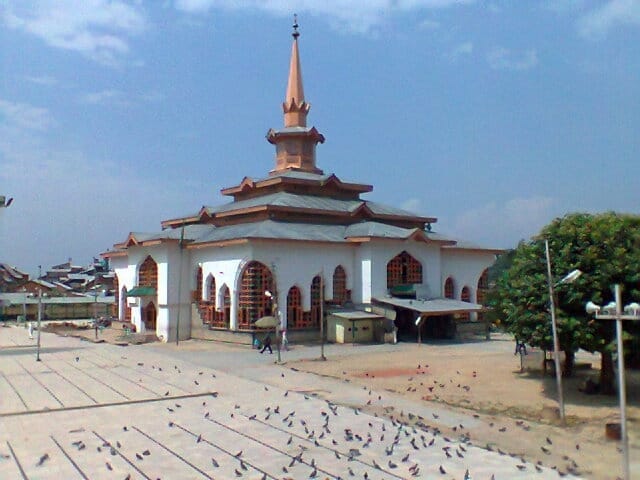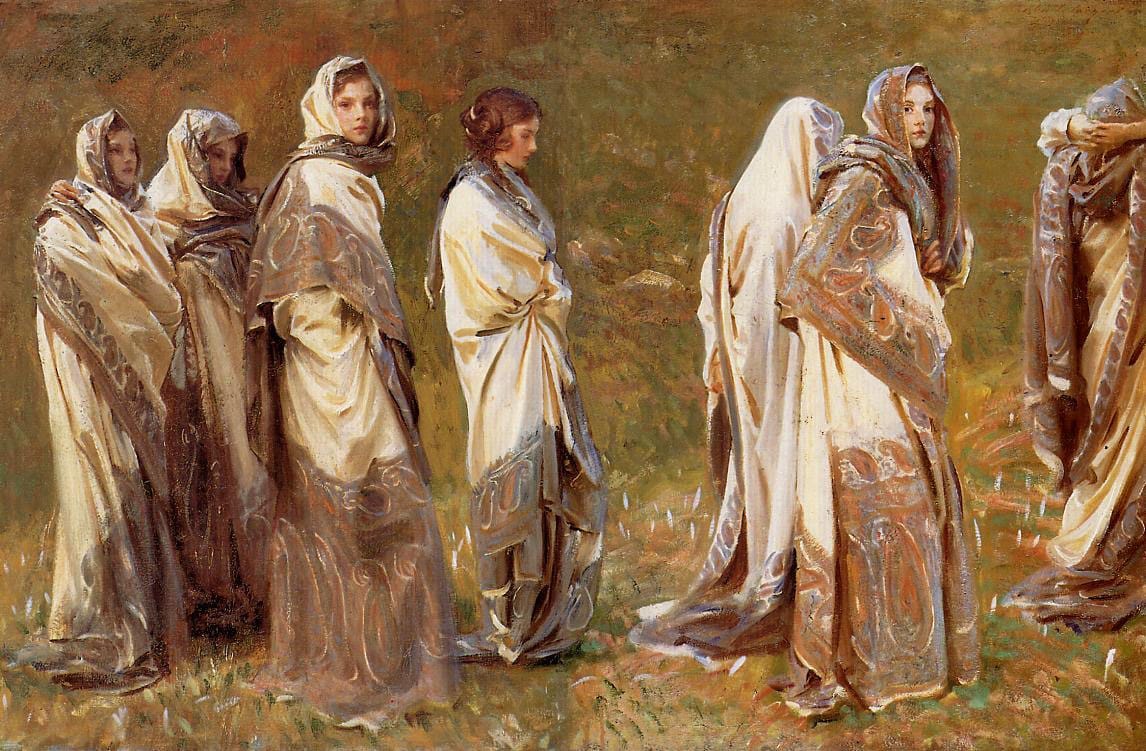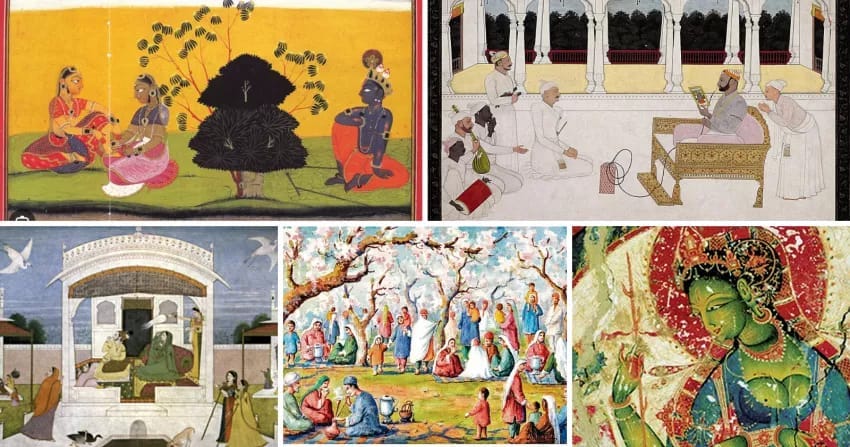Cultural Echoes of Kashmir: Legends, Traditions, and Vanishing Arts
Kashmir is not just a land of mountains and lakes — it’s a wounded soul, clinging to its fading songs, drifting homes, and dying crafts, pleading to be remembered before it disappears into silence.
Table of Contents
They turned it into a battlefield.
But Kashmir was never meant for blood. It was meant for paradise.
And once you see what was lost, your heart will never forget. 🧵
— Culture Explorer (@CultureExploreX)
10:00 AM • Apr 27, 2025
In today’s newsletter, we uncover the hidden stories of Kashmir — and for premium readers, we journey even deeper into its forgotten beauty, fading traditions, and the soul that refuses to die.
It’s easy to look at Kashmir and see just the postcard beauty — the snow, the lakes, the meadows. But if you listen carefully, the land murmurs deeper stories: of fallen temples, drifting villages, lost queens, and crafts hanging by a thread. Kashmir isn’t just a place. It’s a soul, battered but still singing.
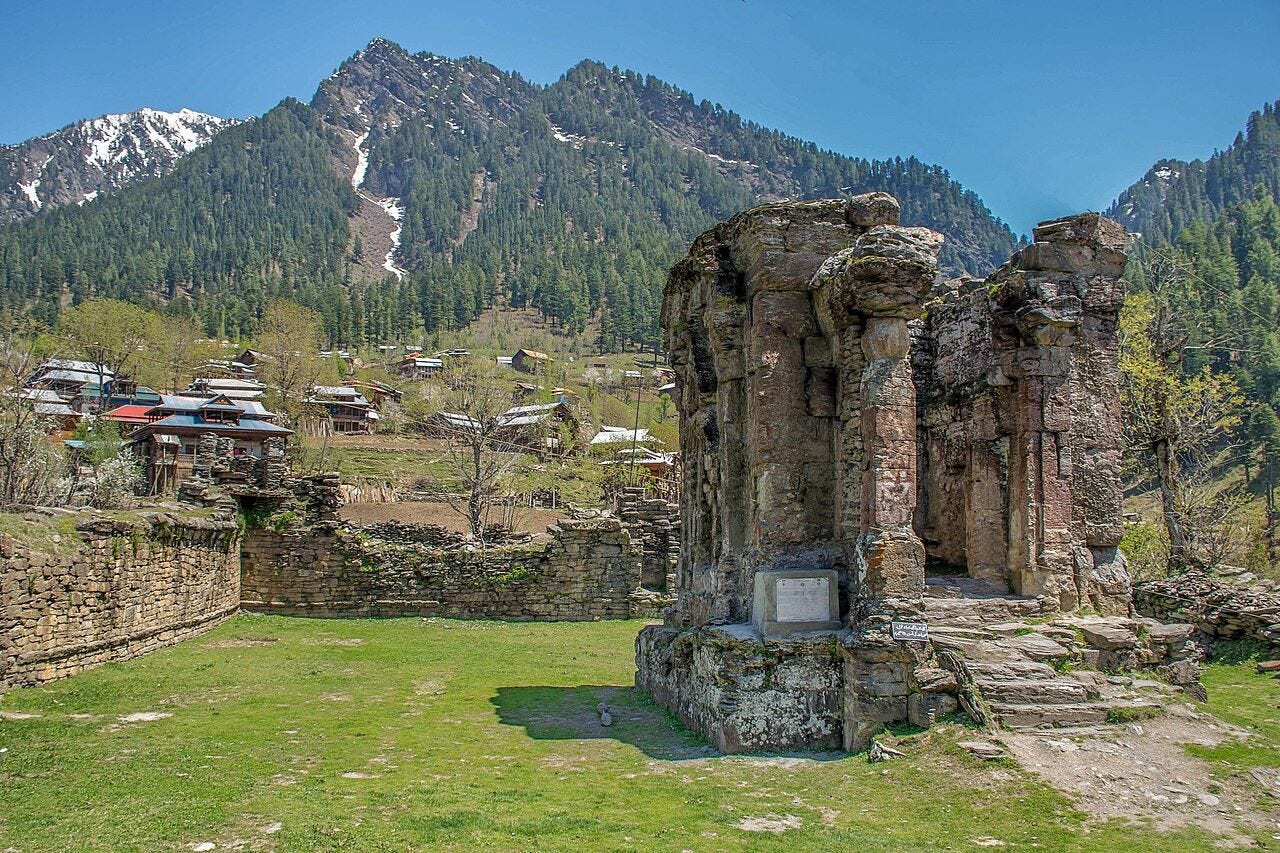
Long before universities like Oxford rose, pilgrims once crossed treacherous passes just to reach a temple of knowledge here. It was called Sharada Peeth, and it stood proud on the banks of the Kishanganga River. The goddess of learning, Sharada, was believed to bless the scholars who arrived barefoot and frozen from distant lands.
The temple didn’t just teach scripture. It shaped minds that helped build Indian philosophy and linguistics. Even the ancient Sharada script took its name from this place. But centuries of conquest and borders turned Sharada Peeth into a relic. Today, it stands in Pakistani-administered Kashmir — a ghost of a library that once echoed with debates and prayers.
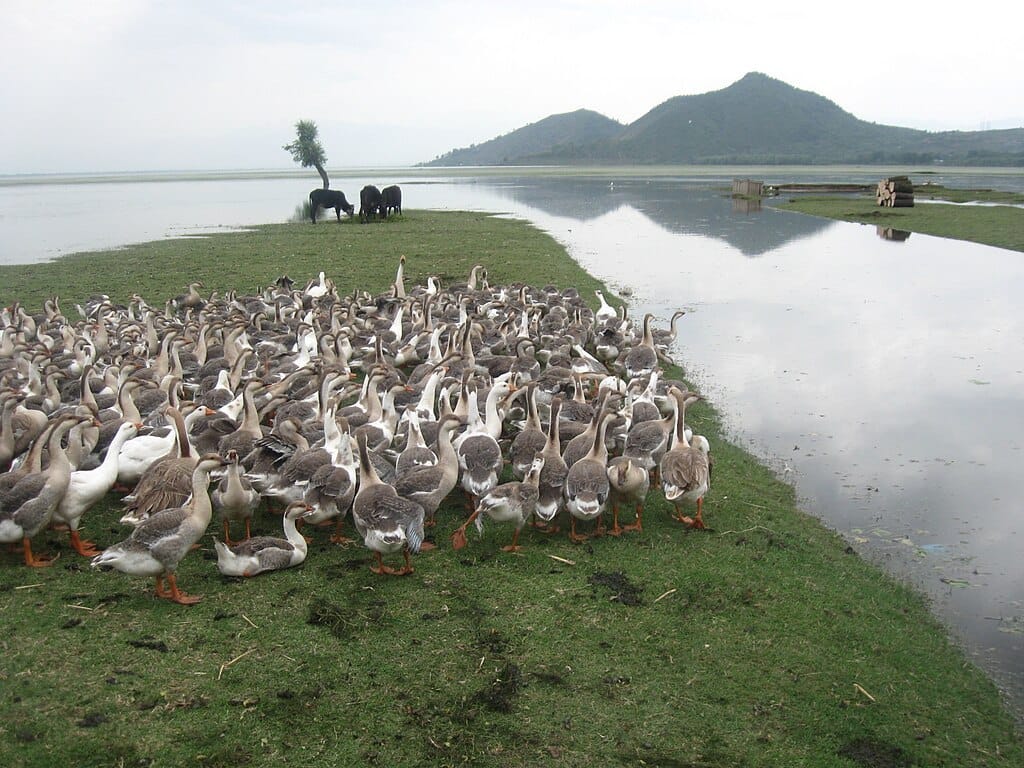
Not far from these ancient ruins, another world floats quietly over the water. Dal Lake, near Srinagar in Indian-controlled Kashmir, is one of Asia’s largest freshwater lakes. Dal Lake in Srinagar, Kashmir, is renowned for its floating gardens, locally known as Rad. These gardens are constructed on reed mats made from aquatic plants like Typha angustata and Phragmites australis, layered with mud and organic matter.
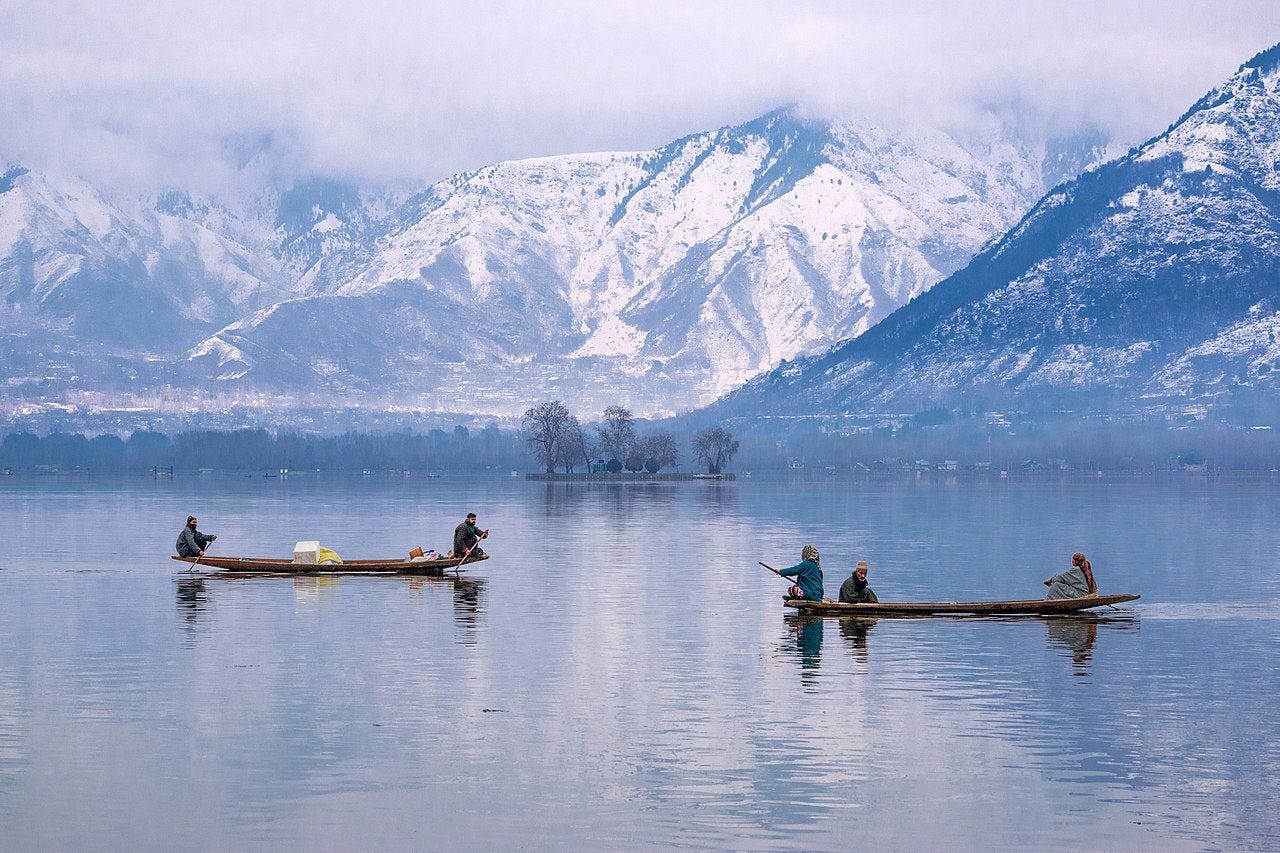
On Dal Lake, farmers grow entire fields on rafts of reeds, mud, and aquatic plants. Tomatoes, cucumbers, lotus stems — all rise and fall with the gentle tides. Floating gardens aren’t just clever. They’re essential. They feed families. They clean the water. They carry a fragile economy on their backs.
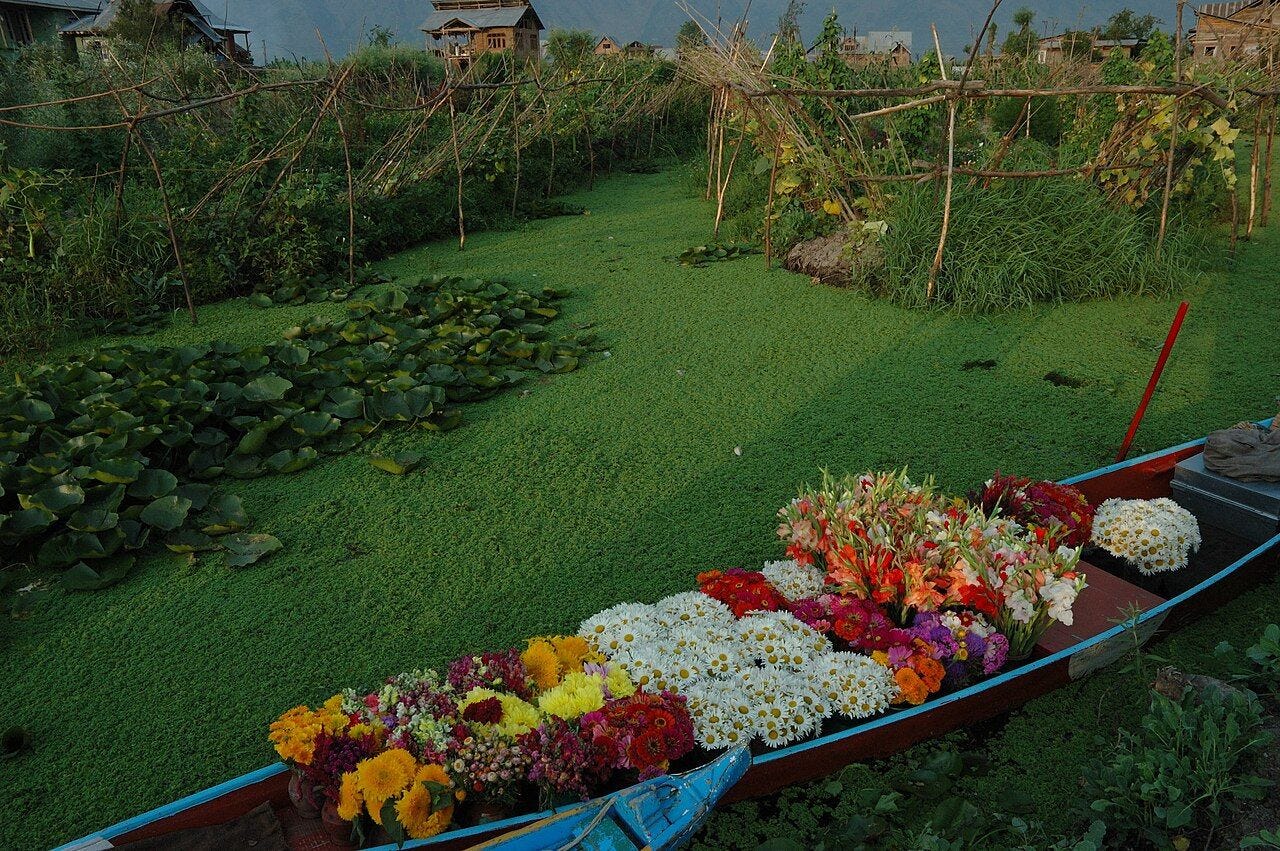
Each morning, the floating vegetable market awakens, boats piled high with green produce. Deals are struck with a nod and a smile. It’s a choreography of survival that outsiders rarely see. And it’s disappearing — slowly strangled by pollution, shrinking waters, and urban sprawl.
Kashmir knows how to carry heartbreak. Just ask the spirit of Habba Khatoon, the peasant girl who became queen. Born Zoon, meaning “moon,” she sang poems so haunting that they caught the ear — and heart — of King Yousuf Shah Chak. He married her, raised her to a throne, and promised her the world.
“Having snatched my heart you have gone far off,
Come, my Love, my flowery Cupid!
Let us go, friend, to fetch water:
The world is fast a slumber, Love,
I yearn for a response from you,
Come, O Come, my flowery Cupid.”
Translation of a Kashmiri poem of Habba Khatoon
But the world broke its promise. The Mughal Emperor Akbar captured her husband, exiled him, and seized Kashmir. Habba was left to wander the mountains, singing her grief to the winds. Even now, villagers sing her verses by the fireside. And a lonely mountain, shaped like a pyramid, still bears her name — as if the earth itself mourns with her.
While kings and poets fought and wept, Kashmir’s saints-built bridges stronger than any empire. The Rishi Order of Sufi mystics rose here, blending Hindu, Buddhist, and Islamic ideas into something uniquely Kashmiri. Men like Nund Rishi lived in caves, preached kindness, and taught that forests must be protected if humanity hoped to survive.
Their shrines, like the one at Charar-e-Sharief, still draw pilgrims of all faiths. Muslims, Hindus, and Sikhs pray side by side, often unaware that their footsteps trace a history that defied divisions long before modern politics sliced the land apart. The Rishis remind us: spirituality isn't about walls. It's about roots.
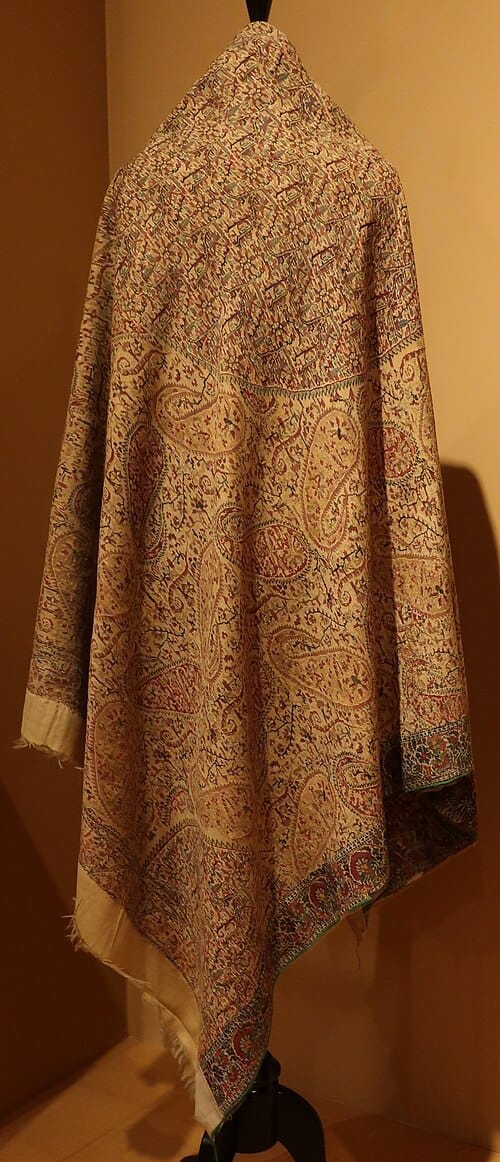
But roots need hands to tend them. And some traditions are slipping through those fingers faster than others. In the small village of Kanihama, a handful of weavers still practice the ancient art of Kani shawl weaving. Using tiny spools instead of a shuttle, they weave dreams into fabric — flowers, rivers, and gardens stitched into fine pashmina.
Once, a Kani shawl could fetch fortunes in the courts of Persia and France. Today, few young people want to learn a craft that demands a year to complete a single piece. Machines can fake the patterns in hours. But they can’t fake the soul woven into every painstaking thread.
High above Dal Lake, perched on a hillside, stands Pari Mahal, the Palace of Fairies. Built by Prince Dara Shikoh, a Mughal visionary who loved Sufism and the stars, it once served as an observatory and a retreat for scholars. Today, its terraced ruins crumble quietly under the weight of time.
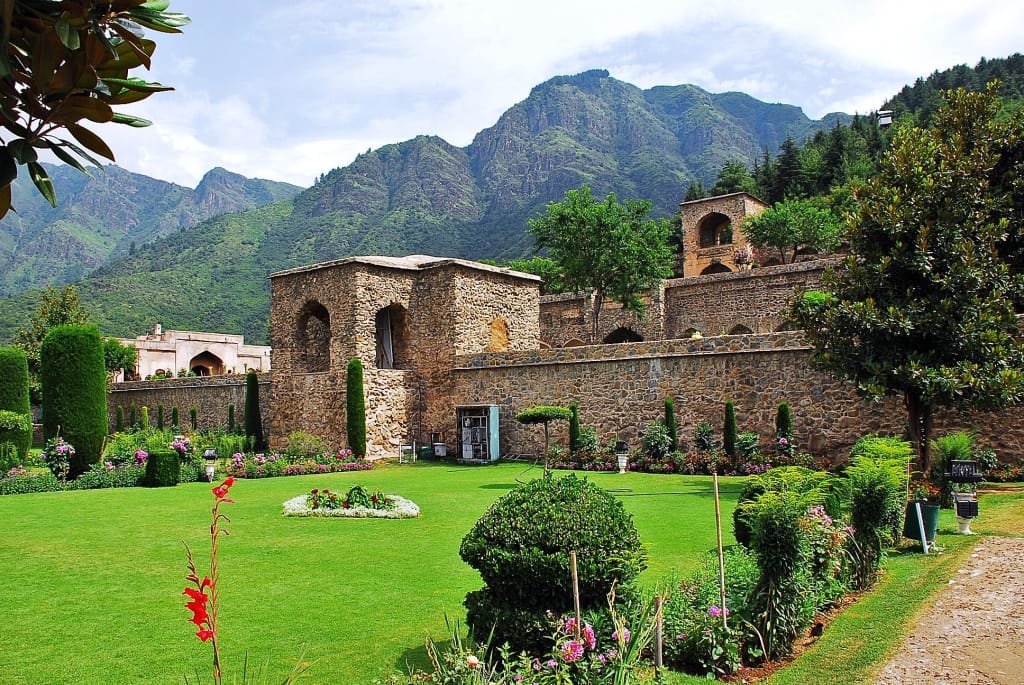
At twilight, the stone arches frame a view so haunting it barely feels real. Locals say the palace is still visited by spirits — perhaps the fairies, or perhaps the ghosts of lost princes and dreamers who studied the night sky from its gardens. When the mist creeps in, it’s hard to doubt them.
You can’t walk through Kashmir without feeling these echoes under your feet. The cracked stones, the drifting boats, the shawls hanging in the market stalls — they aren’t just artifacts. They’re living memories fighting to survive.
In a world that moves too fast, where traditions snap like dry twigs, Kashmir’s endurance is a quiet act of defiance. It teaches us that culture is not a museum exhibit. It's a living, breathing thing — fragile, stubborn, heartbreakingly beautiful. And like the last lotus on a shrinking lake, it asks only that we notice before it’s gone.
“Unused knowledge is like a torch in the hands of a blind man. The knowledge should be used for the betterment of others.”
Kashmiri Proverb
Share the Culture Explorer newsletter with two friends or family members and unlock one month of Premium access. Want to support us directly? Grab a monthly or yearly membership and help keep the journey going!



